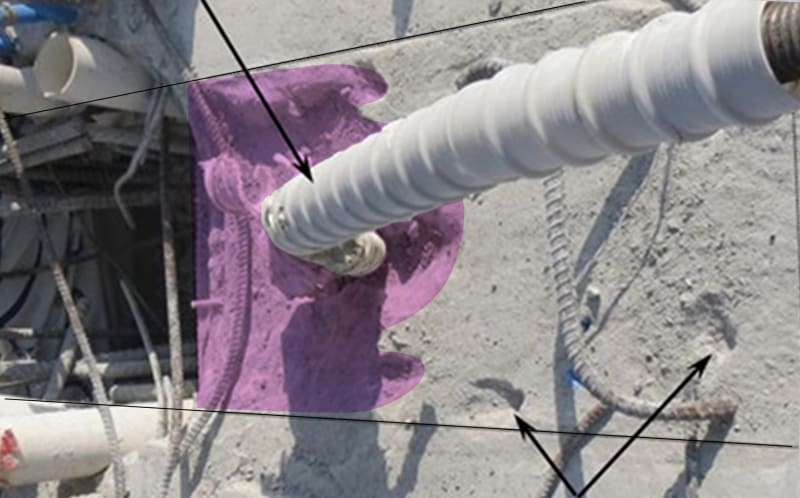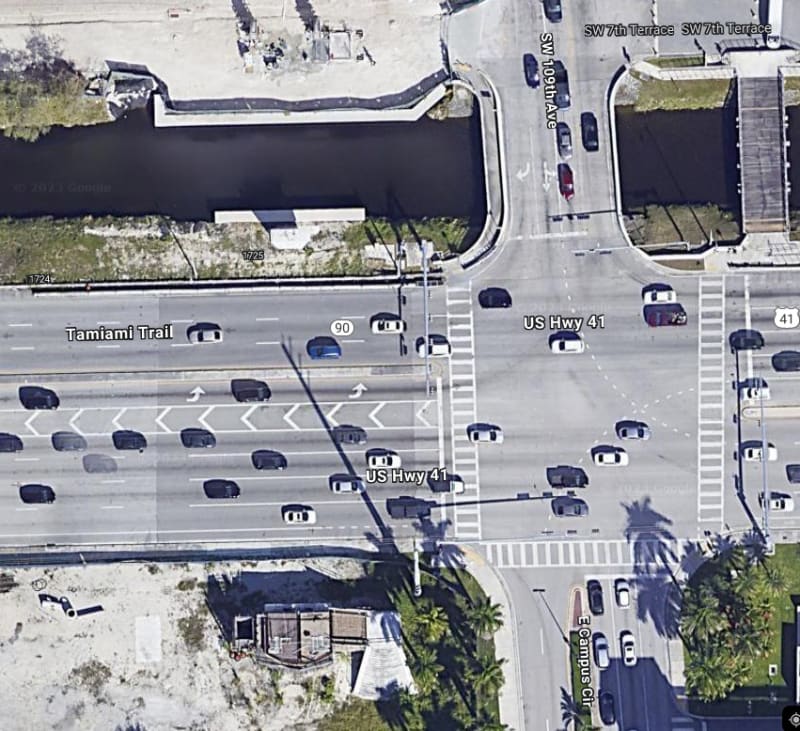-
2
- #1
I found many good points in this video examining the causes of the bridge failure--the "whys", not the "whats".
spsalso
spsalso
Follow along with the video below to see how to install our site as a web app on your home screen.
Note: This feature may not be available in some browsers.
RVAmech said:unless he's regarded as a god of bridge design?
RVMeche said:The Challenger disaster should've taught us that schedules, delays, optics, etc are not good enough reasons to endanger people when there's a clear risk involved.
Sym said:and the rest of the engineering community parroting the nonsensical failure mechanism they fluffed up.
newcivilengineer.com said:Experts cite explosive joint failure as cause of Florida bridge collapse
structuremag.org said:... sliding along the cold joint and punch-out failure in the deck region


The probable cause of the FIU pedestrian bridge collapse
was the load and capacity calculation errors made by FIGG
in its design of the main span truss member 11/12 nodal
region and connection to the bridge deck. Contributing to
the collapse was the inadequate peer review performed by
Louis Berger, which failed to detect the calculation errors
in the bridge design. Further contributing to the collapse
was the failure of the FIGG EOR to identify the significance
of the structural cracking observed in this node before the
collapse and to obtain an independent peer review of the
remedial plan to address the cracking. Contributing to the
severity of the collapse outcome was the failure of MCM;
FIGG; Bolton, Perez; FIU; and FDOT to cease bridge work
when the structure cracking reached unacceptable levels
and to take appropriate action to close SW 8th Street as
necessary to protect public safety

It surprises me that no one is charges with criminal negligence.
